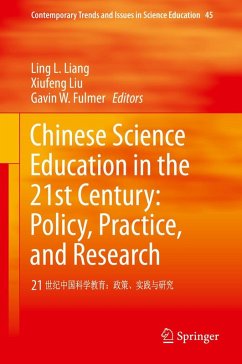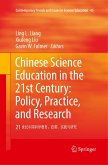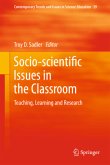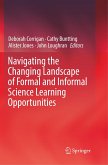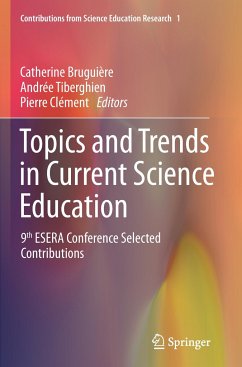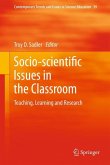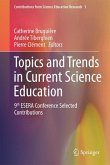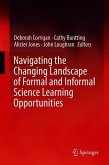This book provides an overview of science educationpolicies, research and practices in mainland China, with specific examples ofthe most recent developments in these areas. It presents an insiders' report onthe status of Chinese science education written primarily by native speakerswith first-hand experiences inside the country. In addition, the book featuresmultiple sectional commentaries by experts in the field that further connectthese stories to the existing science education literature outside of China.
This book informs the international community about the current status ofChinese science education reforms. It helps readers understand one of thelargest science education systems in the world, which includes, according tothe Programme for International Student Assessment, the best-performing economyin the world in science, math and reading: Shanghai, China.
Readers gain insight into how science education in the rest of China comparesto thatin Shanghai; the ways Chinese science educators, teachers and studentsachieve what has been accomplished; what Chinese students and teachers actuallydo inside their classrooms; what educational policies have been helpful inpromoting student learning; what lessons can be shared within the internationalscience education community; and much more.
This book appeals to science education researchers, comparative educationresearchers, science educators, graduate students, state science educationleaders and officers in the international communities. It also helps Chinesestudents and faculty of science education discover effective ways to sharetheir science education stories with the rest of the world.
This book informs the international community about the current status ofChinese science education reforms. It helps readers understand one of thelargest science education systems in the world, which includes, according tothe Programme for International Student Assessment, the best-performing economyin the world in science, math and reading: Shanghai, China.
Readers gain insight into how science education in the rest of China comparesto thatin Shanghai; the ways Chinese science educators, teachers and studentsachieve what has been accomplished; what Chinese students and teachers actuallydo inside their classrooms; what educational policies have been helpful inpromoting student learning; what lessons can be shared within the internationalscience education community; and much more.
This book appeals to science education researchers, comparative educationresearchers, science educators, graduate students, state science educationleaders and officers in the international communities. It also helps Chinesestudents and faculty of science education discover effective ways to sharetheir science education stories with the rest of the world.

